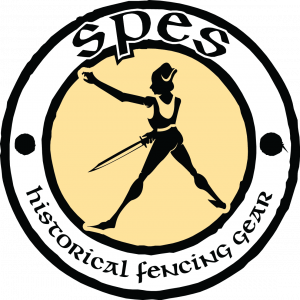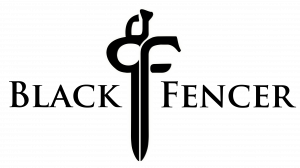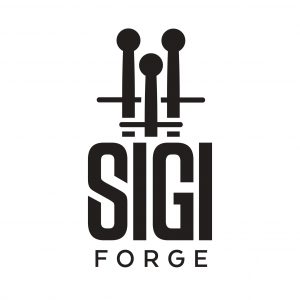Welcome to the official Event Page of Baltic Sabre Swordsmanship. Here you will get all information you need. Take a look at the workshops, timetable, tournament ruleset and equipment required to join the tournament. Date: 04.05.-2024 – 05.05.2024 / Location: Mendelejew-Straße 12c /18059 Rostock
Ruleset Tournament (German)
Ruleset Tournament (Englisch)
Workshops
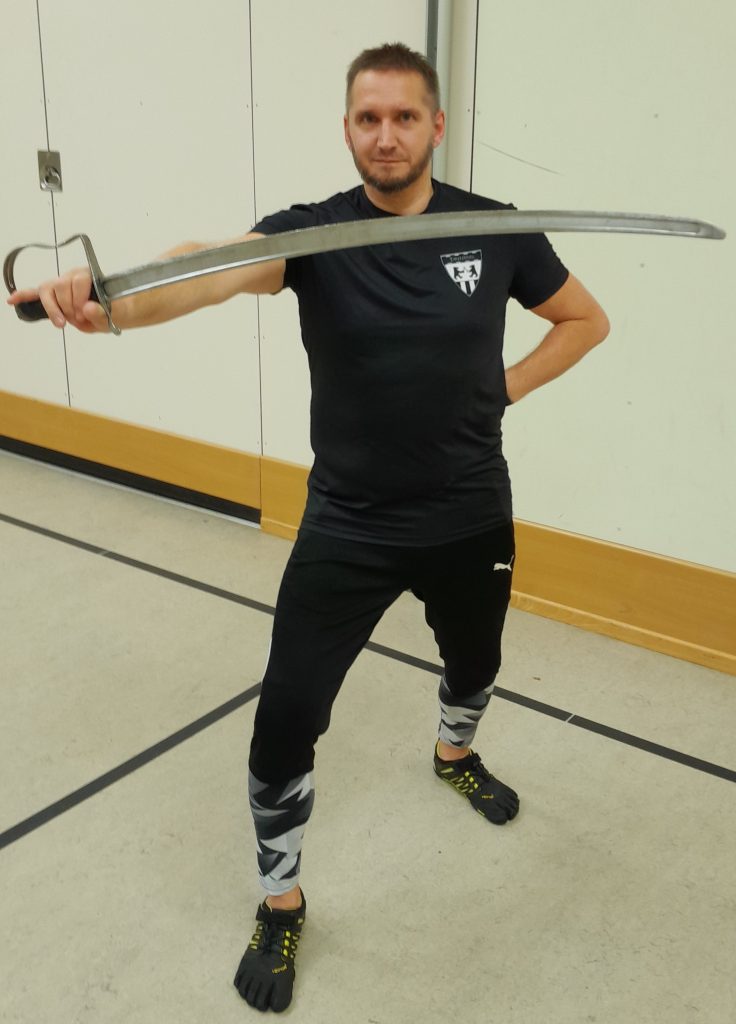
Berliner Schule (Berlin School)
The „Berliner Schule“ has it’s origins in the Napoleonic wars and was practiced for around 60 years. It’s founder is Friedrich Friesen, but E. W. B. Eiselen brought it to paper in his „Das Deutsche Hiebfechten der Berliner Turnschule“ in 1818 and was then adapted by E. F. Seidler in 1843 for the prussian cavalry.
Characteristics of the „Berliner Schule“ are it’s so called „flache Lage“ and offline lunges.
In the workshop we will show basic stances, cuts, parries and the lunge, including important techniques in sabre-dynamics. All this will be trained with solo and partner exercises.
The ideal sabre for this workshop would have a broader blade and knuckleguard, for example 1796 pattern sabres, three bar-hilts or polish/hungarian cavalry sabres.
Sabres with narrow blades and bowl-guards will not give you the right feeling to execute the techniques properly. Steel blunts and nylon wasters can be used. There will be some sabres for loan in limited quantities.
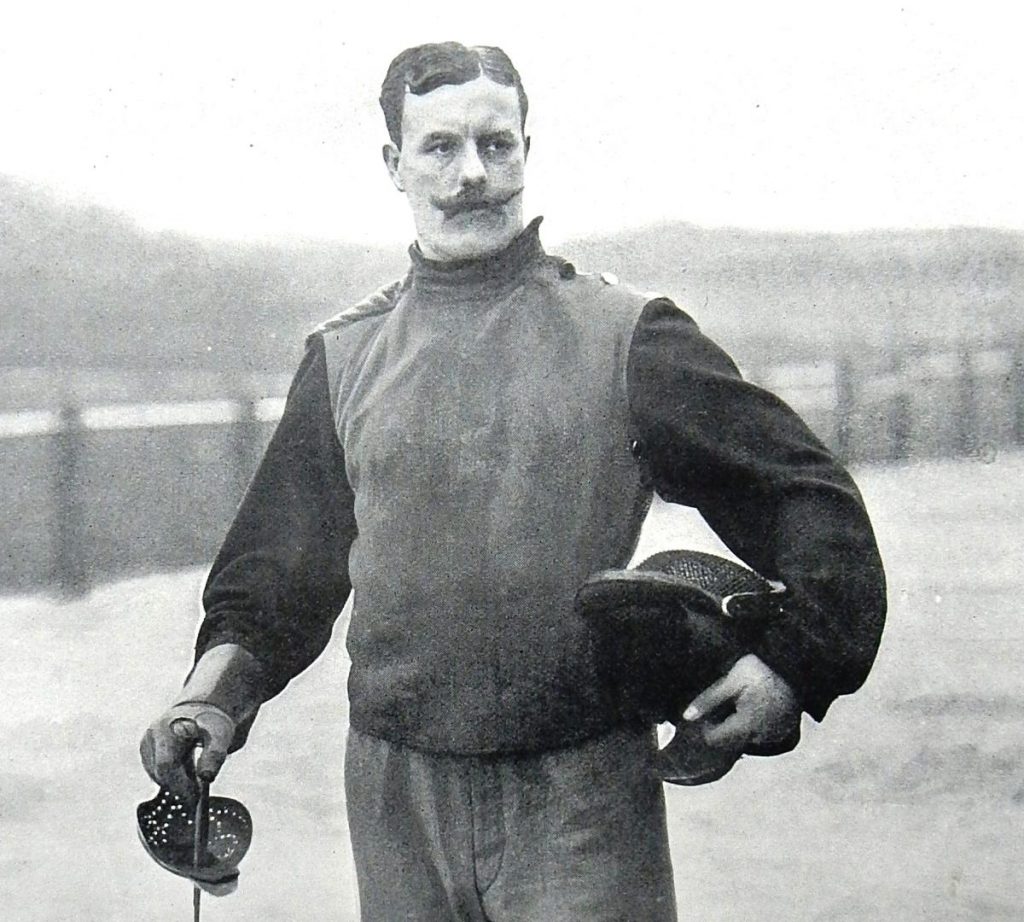
Approaching the ergonomics of a foreign curve
Leaning on North African martial arts, material science/product design principles and Indopersian fighting sources, I cordially invite you to think curved swords differently. Within a hybrid method of lecture („Can’t I just call it sabre and isn’t it just the same thing with a different hilt?“), demonstration (bow & curved sabre) and exercises (constant motion cutting, actively using the tip&handle), we want to gradually gain momentum and cunning.

Hungarian sabre – Do something right with the false edge!
In this workshop we will focus on one of the main characteristics of Hungarian fencing, namely cuts with the back edge. In other fencing schools these cuts are unfortunately a little underrepresented but with the right practice they can be used swiftly and precisely. We will mostly be referring to Gustav Arlow’s “Sabre Fencing in High Tierce” (1894) although this is applicable to almost all Hungarian sabre schools. In this workshop we will learn to:
- Cut with the back edge correctly – with a moulinet but also with a disengage as well.
- Tactical application of back edge cuts – as a direct attack, riposte, counter-attack or remise.
Time Schedule
| Saturday | |||
| 9:00 | Entrance & Warm-Up | ||
| 10:00 | Official Welcome | ||
| 10:30-12:30 | Seminar Nico: Arabischer Säbel | Open Ground | |
| 12:30-14:00 | Lunch | ||
| 14:00-16:00 | Seminar Djordje: Ungarischer Säbel | Open Ground | |
| 16:30-18:30 | Seminar Georg: Berliner Säbel | ||
| 19:00 | Official End and Clean Up | ||
| Sunday | |||
| 8:00 | Entrance | ||
| 8:30 | Gear Check | Warm Up | |
| 9:00-10:30 | Pool 1 | Pool 2 | Pool 3 |
| 10:30-12:00 | Pool 4 | Pool 5 | Pool 6 |
| 12:00-13:00 | Lunch | ||
| 13:00-14:00 | Elimination 1 | Elimination 2 | Elimination 3 |
| 14:30-15:30 | Finals | ||
| 16:00 | Offizial End and Clean Up | ||
| 16:00-18:00 | Open Ground | ||
Tournament Equipment
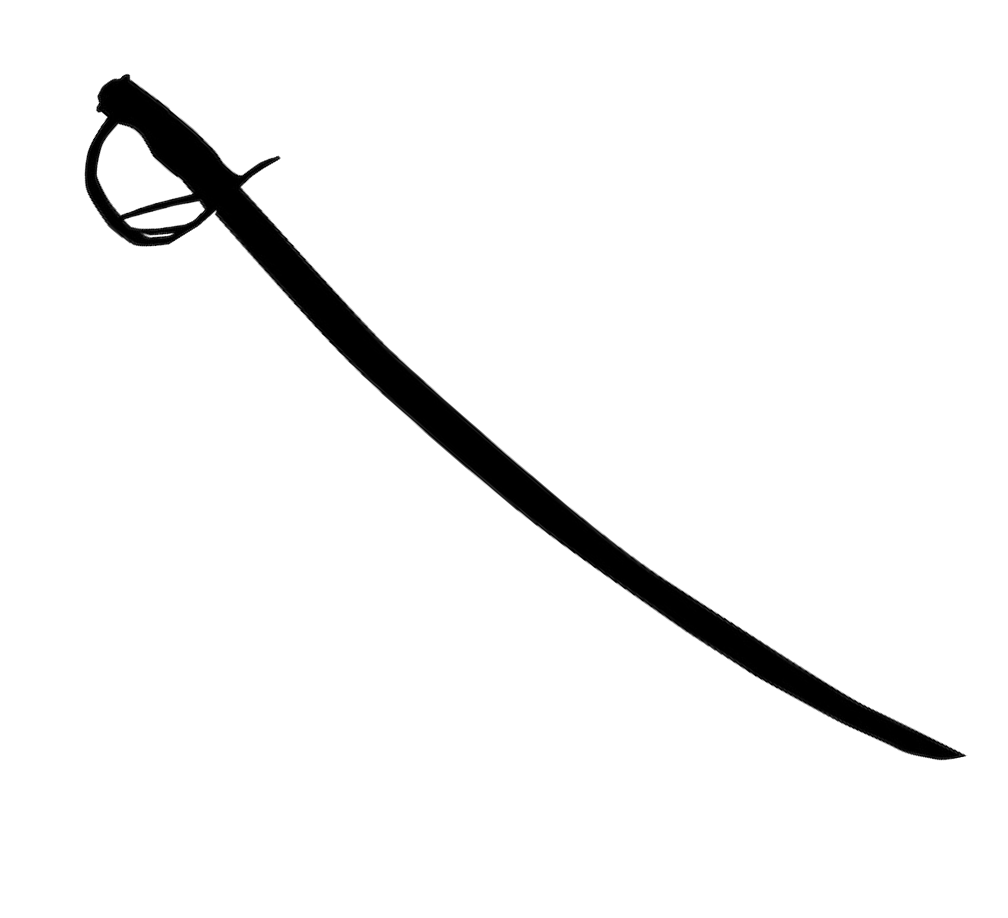
The sabre must have the following characteristics:
Blade length: Must not exceed a length of 90 cm.
Overall length: Must not exceed a total length of 105 cm.
Basket size: Must not enclose more than 50% of the hilt (e.g. Scottish basket hilt)
Weight: Must not be less than 700 grams and must not exceed 900 grams.
Bending behavior: The blade must yield visibly at a test weight of 15 kg.
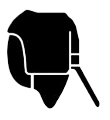
Fencing mask & rear head protection: a fencing mask FIE standard level 2 with a stab resistance of at least 1600N.

A neck protector made of a hard material that covers the entire larynx and protects the neck from impacts.

(compulsory for women) A chest protector made of a hard material that protects the upper body from blows and stabs.
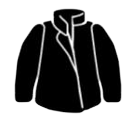
An upper body protector with a stab resistance of at least 350N, which covers and protects the upper body from the hips to the neck.

A protector made from a hard material that protects the forearm and elbow joint on both arms from impacts.

Gloves made of a hard material that protect fingers and wrist from blows. (min. Red Dragon)

(compulsory for men) A groin guard made of a hard material that protects the genital area from blows.

A thigh protector with a puncture resistance of at least 350N, which protects the thighs from punctures and blows.

Leg protection made of a hard material that protects the knees and shins up to the ankle from impacts.


